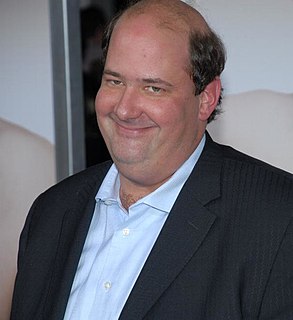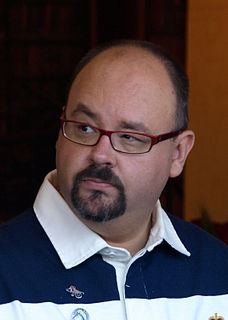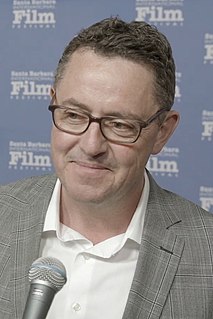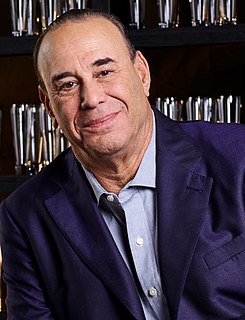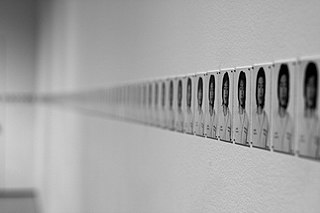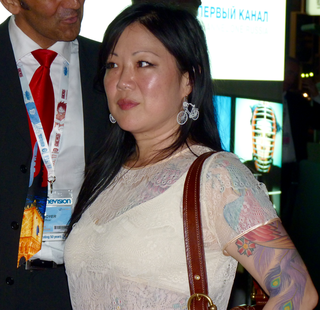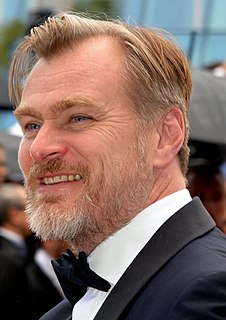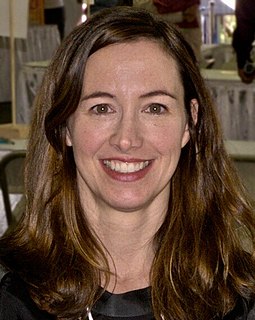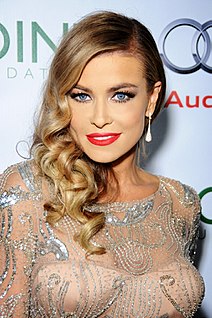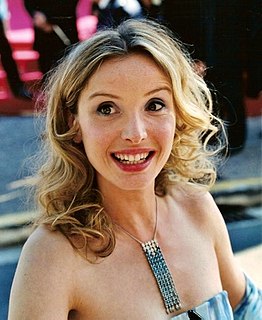A Quote by Michelangelo Antonioni
Neorealism taught us to follow the characters with the camera, allowing each shot its own real interior time. Well, I became tired of all this; I could no longer stand real time. In order to function, a shot must show only what is useful.
Related Quotes
So in terms of a large part of the job on our show specifically, what makes the show complex and interesting and funnier are the conversations about "Where's the camera?" and "How aware are the characters of the camera? Are the cameras hidden for this shot? Is it a spy shot from far away? Or is it really close and in their face, and they sort of have to play to it in an embarrassing situation?" There's a whole other level of questions and choices that come into play on our show that are not even a factor in anything else.
The time to hurry is in between shots. It's not over the shot. It's timing how people walk. You have to add that to the equation. If you've got somebody walking slow and they get up to the shot and take their 20 seconds, what's the aggregate time for them to hit that shot in between shots? That's what really matters. It's not the shot at hand.
As readers, we want not only a strong story, but also characters we can relate to, characters that feel real. We have to find something of ourselves in them. Each character, even those only there to serve the mechanics of the plot, should have a number of layers. The entire world you are stepping into as a reader must feel real. It must have resonance, you must be able to touch the light; smell the smells.
This little separate self must die. Then we shall find that we are in the Real, and that Real is God, and He is our own true nature, and He is always in us and with us. Let us live in Him and stand in Him. It is the only joyful state of existence. Life on the plane of the Spirit is the only life, and let us all try to attain to this realization.
That shot in "Into the Inferno" somehow popped up while my editor and I were viewing the footage. I immediately said, "That looks like the opening shot because the camera approaches the action very slowly and we have enough time to insert some of the main credits into it." So it was a practical choice. At the same time, you see these tiny figures standing at the rim of something, and all of a sudden, the camera rises further and you find yourself looking straight down into an inferno.
I perform in art time and in real time, and you can't tell the difference - no one knows how to separate a real act from an art act in my work. When I lived on the street for a year, people only knew that I was homeless. They didn't know that I was an artist doing a piece. I have to use real time in my work. I do, however, have to find a subtle way of documenting real time, in order for people to have a response. That means punching into a work clock every hour in the case of one piece.
What happened in the 80's was that all the men died of AIDS. That was a particularly depressing time because so many people passed away and it was a very desperate and lonely time, so I think a lot of people felt that we were somehow, unreceived. Not only by the disease but also by the public image of the disease. It really gave homophobia a real shot in the arm and changed the way people viewed gays, queers. It became an entirely different atmosphere.
And when I say [M2 was] lo-fi production, it was so great and grimy. I was used to that world anyway, because we shot in bars, we shot in thrift shops, we shot on the street. And the bars, they would have just opened, and still there was barf on the floor and beer. We certainly kept it real. It was a small crew.

